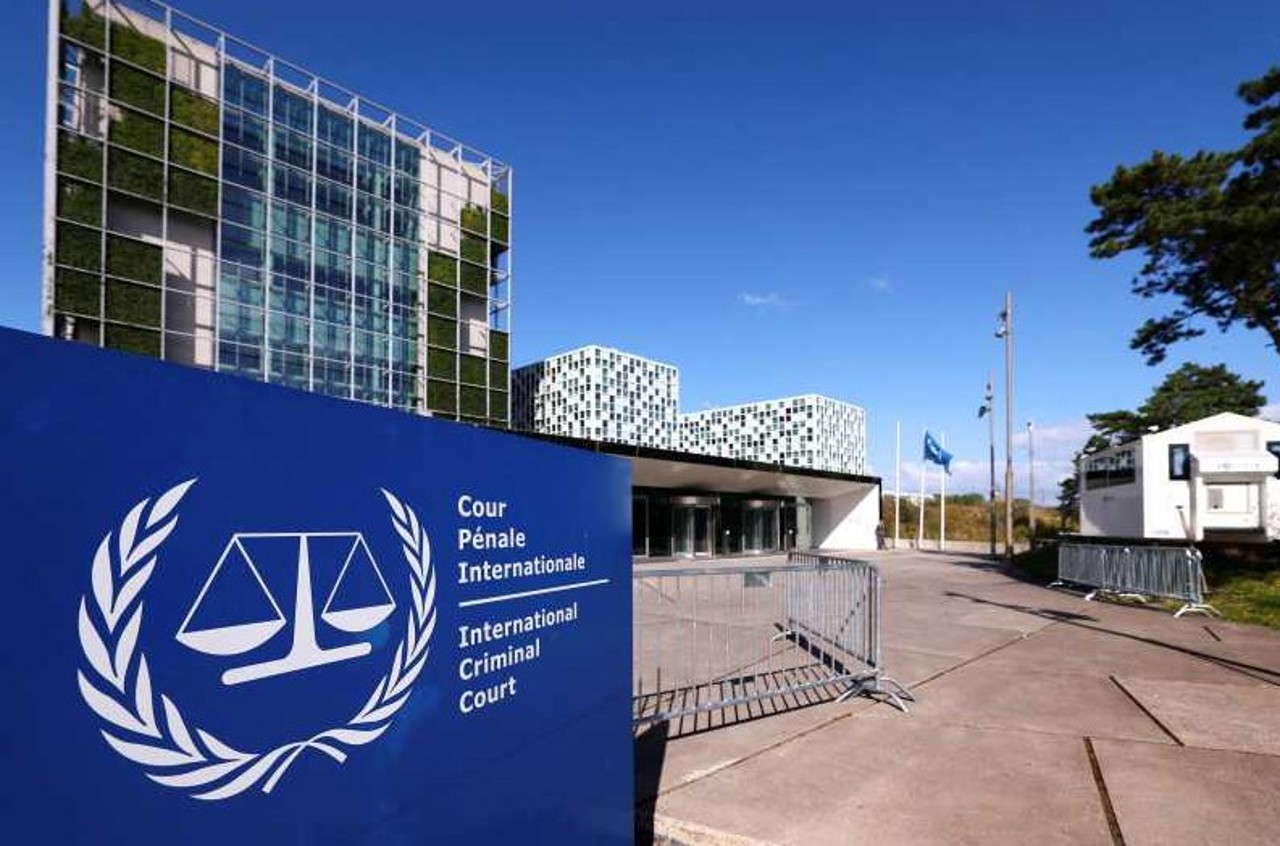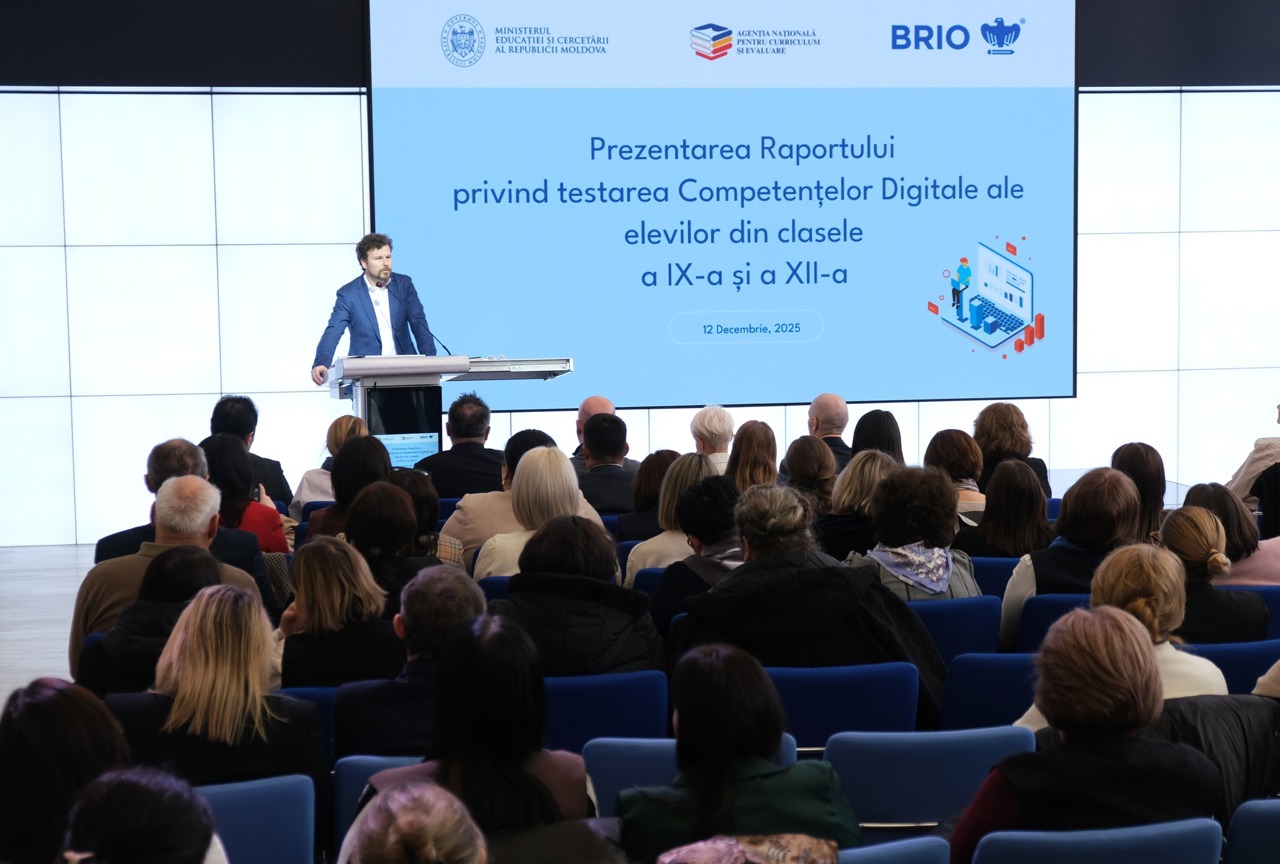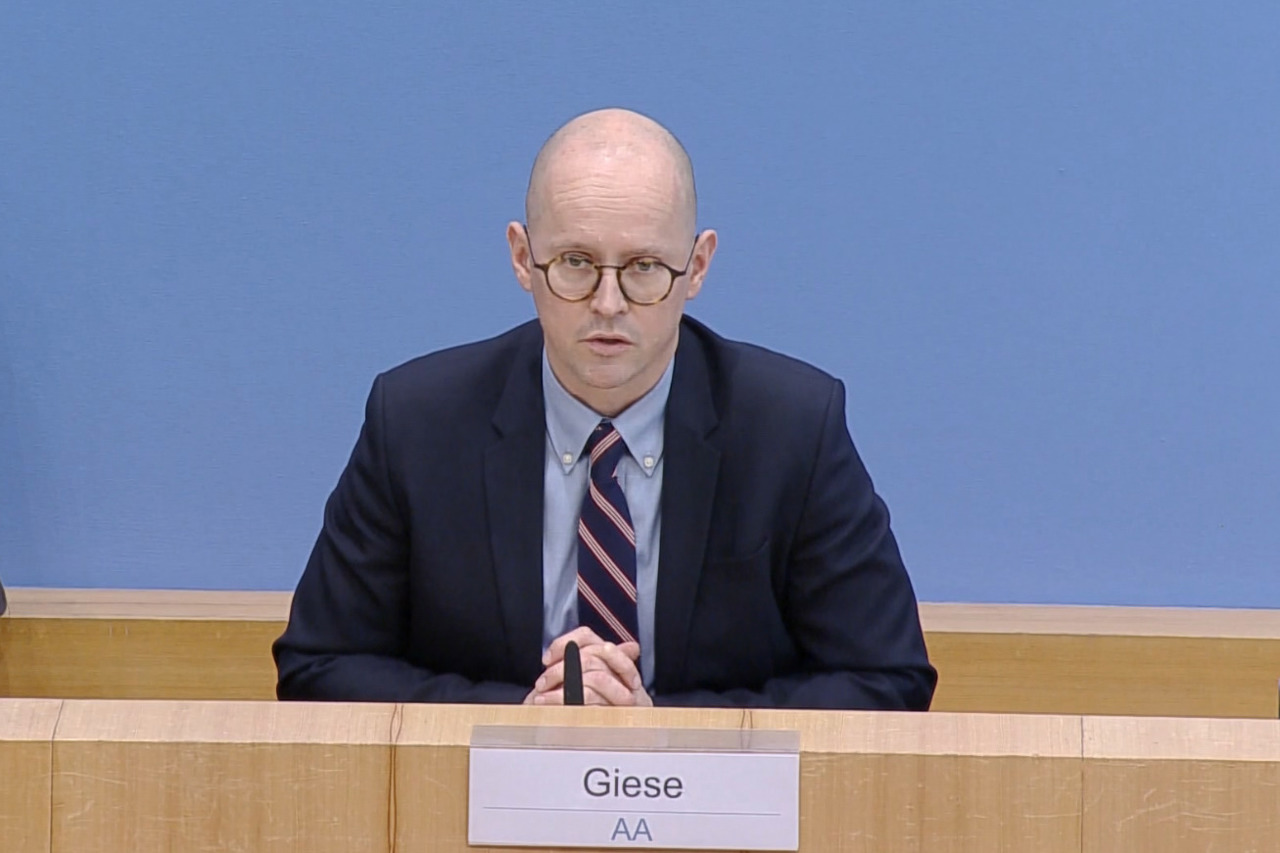35 years since the First Flower Bridge

Today marks the 35th anniversary of the opening of the Flower Bridge, a significant event that occurred at the Prut border. On May 6, 1990, people crossed the Romanian-Soviet border without documents for the first time since World War II. Historians emphasize the importance of this day for both the independence of the Republic of Moldova and the adoption of the Romanian language. Additionally, they regard it as a memorable day for the reunion of the Romanian people. The "Flower Bridge" was later transformed into a stone bridge, which involved building structures across the Prut and strengthening Moldovan-Romanian relations.
The national revival movement in Moldova was sparked by a desire to reconnect with Romanian identity and to emancipate Moldovan Romanians who were under Soviet rule. Historian Anatol Petrencu notes that the Flower Bridges of 1990 and 1991 were pivotal moments for reaffirming the Romanian identity of the Bessarabians and fostering closer ties between the Republic of Moldova and Romania.
This outreach towards their Romanian counterparts demonstrated that the Romanian spirit among Bessarabians had not diminished. The second Flower Bridge took place in the summer of 1991, during which Romanian citizens crossed the Prut River. At that time, the Soviet Union still existed, but there was a sense of liberalization under Gorbachev's leadership. Just a few months later, in August, the Soviet Union collapsed. Thus, both Flower Bridges symbolize the unity of the Romanian people and illustrated to the world that Moldovans wished to unite with their brothers across the Prut, the Romanians. Their significance remains relevant today. No one coerced them into coming; it was clear evidence that blood connections transcend separation.
Currently, the union of Romanians on both sides of the Prut is being strengthened not only through symbolic Flower Bridges but also through tangible stone bridges. Petrencu refers to the beginning of construction on the Ungheni Bridge.
Construction has begun on a stone bridge in Ungheni, which will bring us closer to Romania. This initiative is welcomed, as we aspire to integrate into the European Union, and Romania plays a significant role in that process.
At the end of April, the construction of the new bridge in Ungheni, symbolically dubbed the "Flower Bridge," commenced 35 years after the events when thousands gathered along the Prut to demand independence, freedom, and the Romanian language. This will be the first bridge built over the Prut in the last 60 years. The Ungheni Bridge is part of the strategic A8 Unirii Highway project, which will connect Târgu Mureș, Iași, and Ungheni to the border with the Republic of Moldova.
The bridge will be 261 meters long and consist of two parallel structures, each featuring two lanes in both directions and sidewalks. Additionally, the project includes a common border crossing point. Its estimated cost exceeds 30 million euros, funded by European sources, and its expected completion date is next fall.




